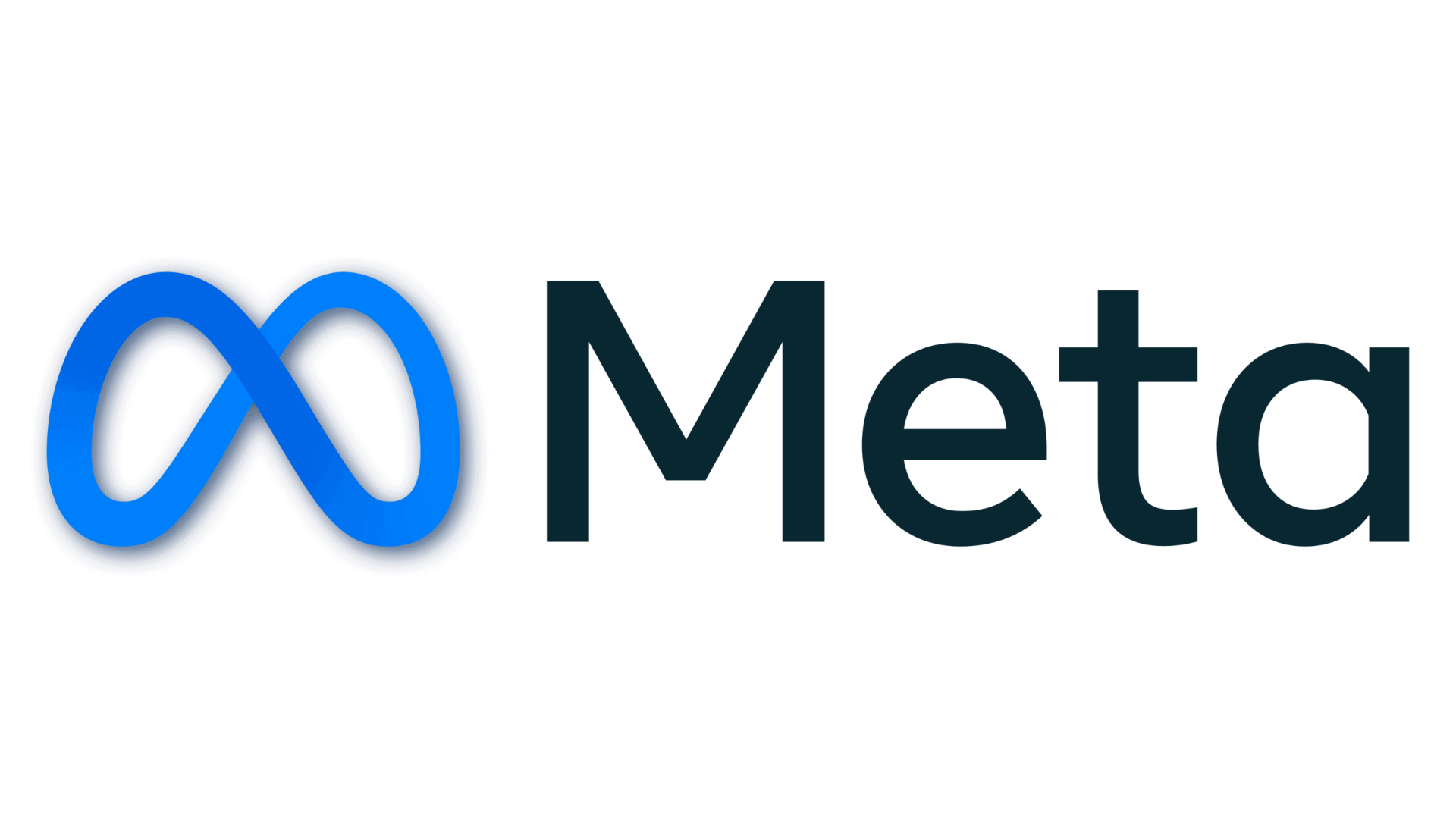Agentic AI: The Good, The Bad, and The Revolutionary

Overview
You’ve probably heard the buzz around AI writing content, answering emails, or summarizing meeting notes. But what happens when your AI doesn't wait for instructions? When it just… acts?
Welcome to the era of Agentic AI—where artificial intelligence doesn’t just respond, it decides. It plans, it prioritizes, and yes, it even executes. For enterprises rooted in structured workflows and tightly controlled communication, that sounds both thrilling and a little terrifying.
Let’s talk about it. The good, the bad, and the game-changing.
***
What Is Agentic AI? And Why Should You Care?
Agentic AI is more than just smart; it’s autonomous. It operates with goals in mind. Unlike passive tools that need a human nudge, agentic systems can act independently based on context, pre-set objectives, and available data.
Think of the difference between:
- A chatbot that waits for you to type a question.
- And an AI that sees a pattern in customer behavior and proactively starts onboarding support.
Sounds useful, right? It is. But it’s also powerful. And power, when not managed carefully, can go off the rails. So, if you’re a business leader, IT director, or comms head, this isn’t a concept to file away. This is the next competitive advantage, or liability, knocking at your door.
The Good: Productivity, Autonomy, and Next-Level Ops
Let’s start with the honeymoon phase. Agentic AI is already doing wonders in enterprise communication. Here’s how:
- 24/7 Workflow Execution
Agentic AI doesn’t clock out. It can manage internal requests, route information, follow up with leads, and handle complex workflows—all while your human team sleeps.
Imagine your sales AI chasing leads across multiple channels while your team plans next quarter’s strategy.
- Contextual Communication
Because agentic AI isn’t just rule-based; it learns. It can adjust tone, choose optimal timing, and tailor outreach based on recipient behavior. Think hyper-personalized newsletters without the manual grind.
For example: CEQUENS’s AI Agent can hold intelligent, multi-turn conversations while steering customers toward purchases or support all without escalation.
- Error Reduction in Repetitive Tasks
Agentic AI thrives on repetition, making it perfect for order processing, appointment scheduling, or form validation. The result? Fewer human errors and more time for creative work.
A 2024 Deloitte study showed that businesses using autonomous AI in customer comms saw a 19% drop in response time and a 31% increase in customer satisfaction.
The Bad: Risk, Bias, and the Black Box Problem
But let’s not pop the champagne just yet. Where there is light, there are shadows. Agentic AI is still not advanced enough to overcome some of the below issues:
- Opaque Decision-Making
Sometimes even developers don’t fully understand why an agentic AI took a certain action. That’s not just frustrating. It’s a liability.
Imagine an AI that cancels a batch of orders based on “detected fraud” without explaining its logic. Good luck rebuilding trust.
- Bias at Scale
AI learns from data. And if that data’s biased? You’re scaling discrimination fast. An agentic AI that handles HR communication or client filtering could end up reinforcing unfair patterns.
In 2018, Amazon had to scrap a hiring AI system that penalized resumes with women-specific keywords. The system was agentic in nature and self-trained on past biased data.
- Security and Compliance Nightmares
Enterprise communication often involves sensitive data. Agentic AI tools that operate without checks can easily breach compliance protocols or trigger legal exposure.
Let’s say your AI sends a proposal draft with confidential pricing to the wrong contact. That’s not only awkward, but in breach territory.
The Revolutionary: Rethinking Human + AI Collaboration
Here’s where it gets interesting. Agentic AI isn’t about replacing humans—it’s about redefining roles. The magic happens when AI handles the “how” and humans decide the “why.” Together, they form a loop where creativity meets consistency, and innovation scales faster than ever.
Picture this: your marketing AI runs experiments on copy variations, your analytics AI watches performance, and your strategist just orchestrates. Agentic AI doesn’t reduce headcount—it supercharges impact.
But all that glitters isn’t gold. For companies obsessed with tone, timing, and brand integrity, agentic AI raises critical questions.
- a) Voice Consistency: How do you ensure your AI speaks like your brand? It’s not just about grammar—it’s about personality. A fintech startup can't afford a casual AI. A youth brand shouldn’t sound like a lawyer.
- b) Escalation Protocols: When do you hand over to a human? What happens if the AI gets stuck, or worse, offends someone?
The CEQUENS Perspective: Human-Centered AI for Enterprises
At CEQUENS, we believe technology should serve people, not the other way around. That’s why our business communication solutions are designed with human-led control and AI-enabled scale.
We see agentic AI as a powerful assistant, not a rogue decision-maker. Our vision is seamless workflows that empower your teams, not replace them.
We’re actively exploring integrations with agentic tech for CPaaS, chat orchestration, and workflow automation with safeguards baked in.
Enterprises that embrace Agentic AI thoughtfully will gain speed, precision, and scale. Those that ignore it? They’ll be outpaced, out-served, and eventually, outdated.
But remember: smart adoption isn’t about rushing in—it’s about setting the rules before letting the machine run the game. And in the world of business communication, where every message matters, that’s not just smart. That’s necessary.


